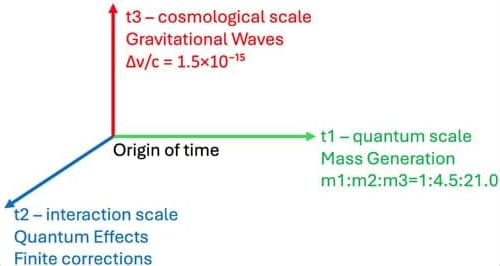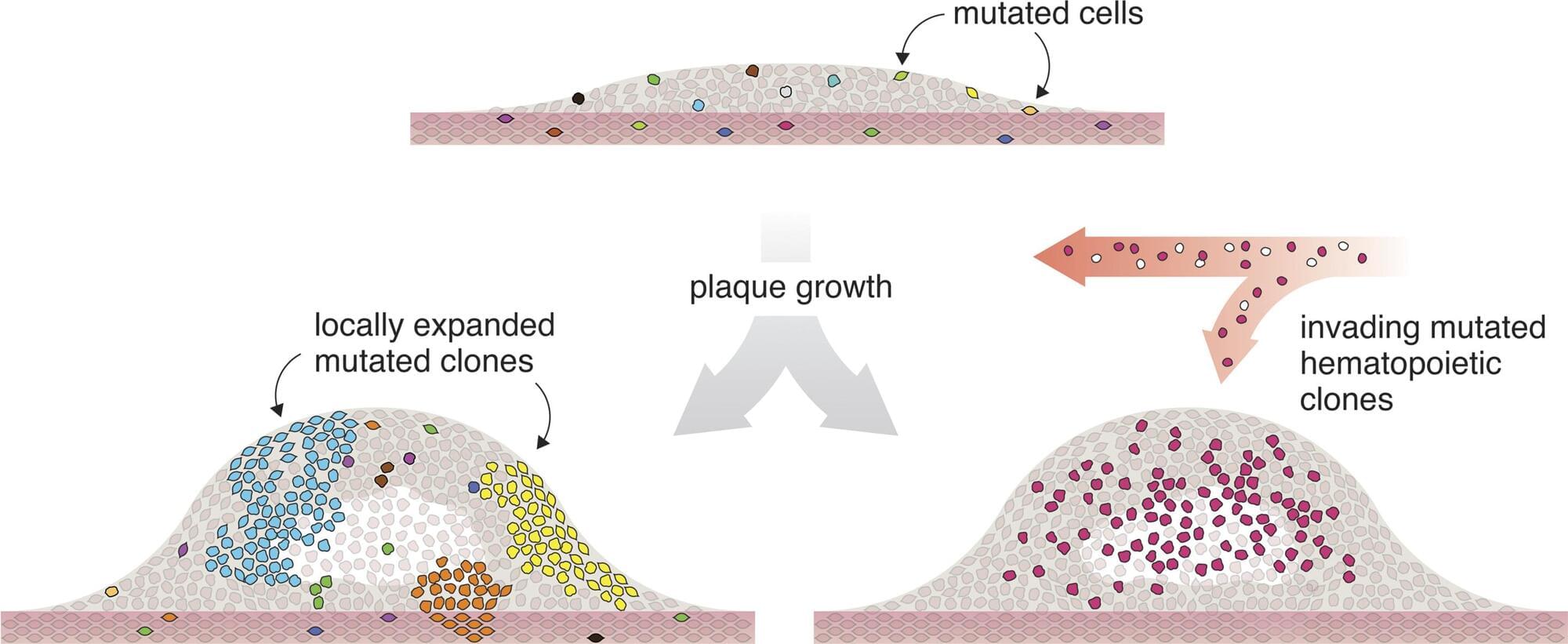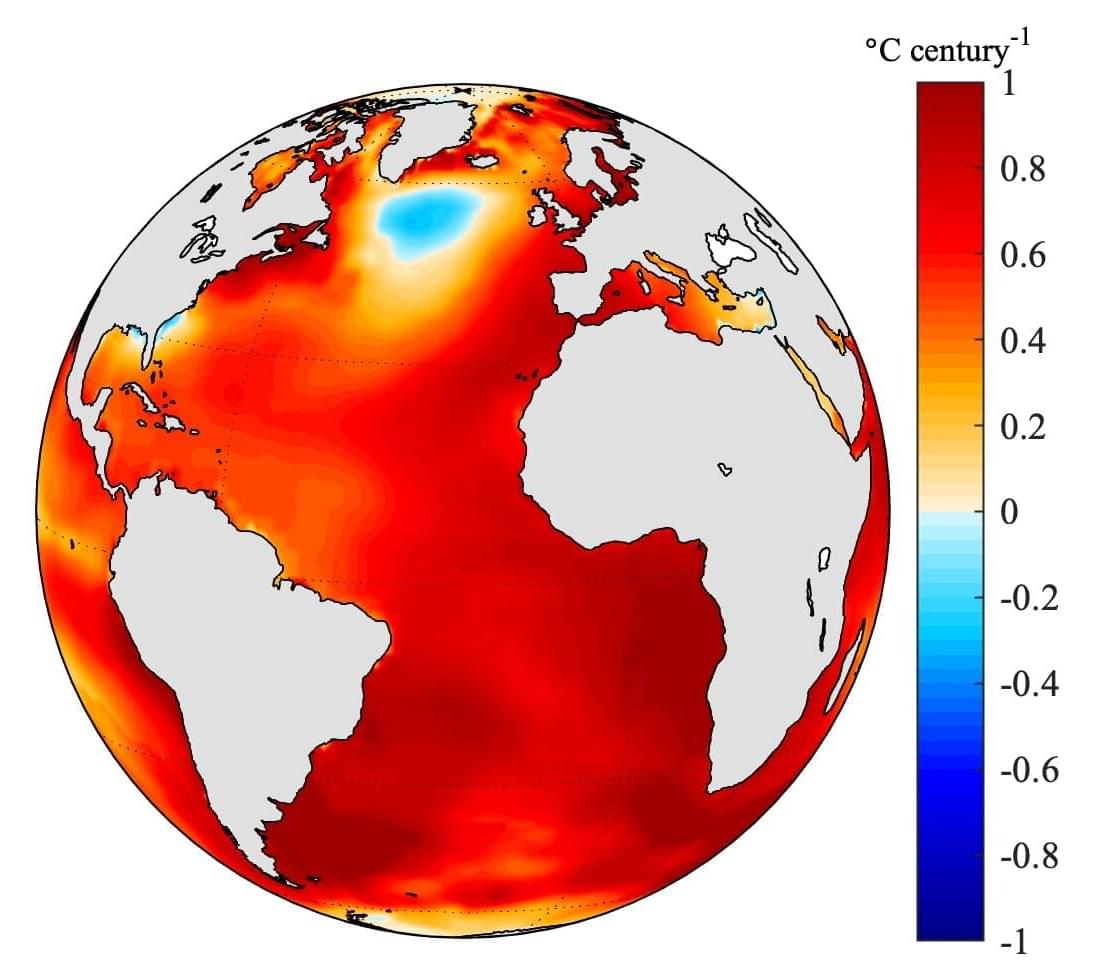In this paper, the authors propose a three-dimensional time model, arguing that nature itself hints at the need for three temporal dimensions. Why three? Because at three different scales—the quantum world of tiny particles, the realm of everyday physical interactions, and the grand sweep of cosmological evolution—we see patterns that suggest distinct kinds of “temporal flow.” These time layers correspond, intriguingly, to the three generations of fundamental particles in the Standard Model: electrons and their heavier cousins, muons and taus. The model doesn’t just assume these generations—it explains why there are exactly three and even predicts their mass differences using mathematics derived from a “temporal metric.”
This paper introduces a theoretical framework based on three-dimensional time, where the three temporal dimensions emerge from fundamental symmetry requirements. The necessity for exactly three temporal dimensions arises from observed quantum-classical-cosmological transitions that manifest at three distinct scales: Planck-scale quantum phenomena, interaction-scale processes, and cosmological evolution. These temporal scales directly generate three particle generations through eigenvalue equations of the temporal metric, naturally explaining both the number of generations and their mass hierarchy. The framework introduces a metric structure with three temporal and three spatial dimensions, preserving causality and unitarity while extending standard quantum mechanics and field theory.








